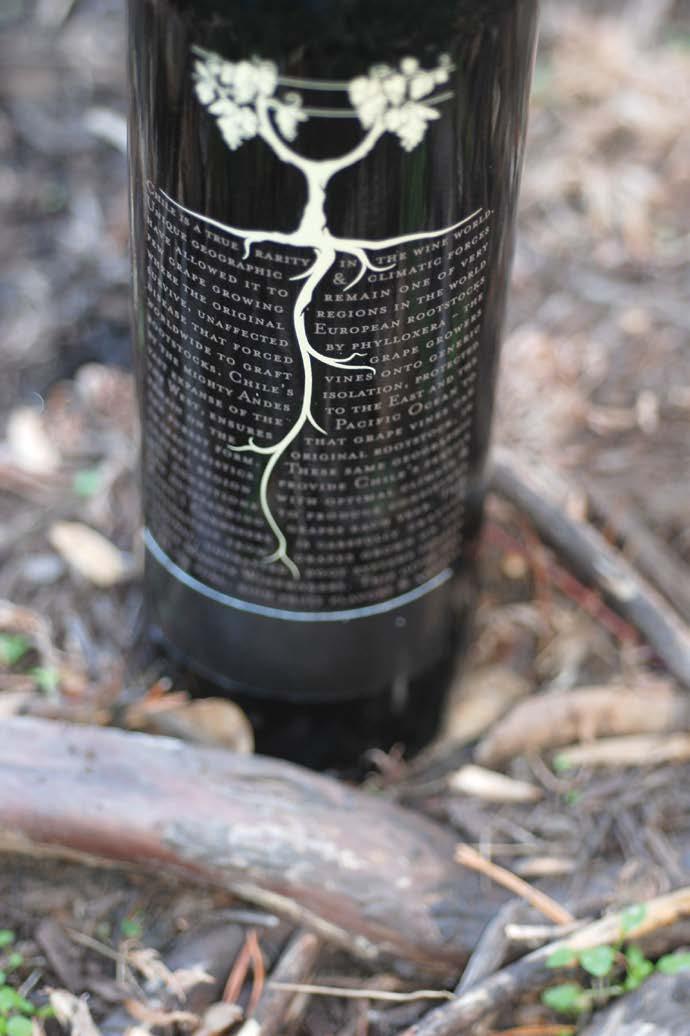
1 minute read
The Wine Spot
The Taste of Tenacity
o help plants grow and be productive we must assist them with water, nutrients, and sunlight and eliminate competitors like weeds, right? Apparently this is not the case when growing grapes for wine. T by Dave Slayton a member of the Master Court of Sommeliers
Advertisement
The Winery-Sage.com blog and other sources say that to grow grapes for wine the roots need to engage in a struggle, “Wine grapevines are unlike most other commercially cultivated crops where water, fertilizer, sun and soil are all optimized to give the highest yield possible. The goal of higher-end wine-grape growers is not to produce the most fruit but to produce the best fruit and to do that, the vine needs to struggle a little.”
An instructor in a class once said of the

To produce the best grapes, the vine roots need to struggle a little. Photo by Dave Slayton
Cabernet Sauvignon root, “It demands a vineyard with good drainage because it doesn’t like having its feet wet.” A humorous way of saying, “If a vine has too easy access to the water table, it won’t grow as many roots and it’ll, well, drink too much (we’ve all been there). The result: plenty of fat, characterless grapes.” (Vinepair.com, Why Does Bad Soil Make for Great Wine? By Emily Bell.) The same reasoning holds true for soil. When the soil is rich, the roots do not struggle. In poor soil, roots have to work harder, “ramifying,” or branching off, to gather nutrients. Not only does this increase the surface area of root-tosoil—meaning more nutrients ultimately get to the grape.”
Why does the grapevine do this? Emily says, “In one of nature’s neater hat tricks, a struggling vine still instinctively knows its best chances for reproduction are the grapes themselves. And even if it doesn’t have as many grapes for birds to eat, it has delicious, nutrient-rich grapes.” Ideally, before the birds consume the grapes containing seeds that will be deposited elsewhere for reproduction, we collect some that we hope will be made into wine.
Now you know why many wine labels honor Mother Nature. C’est vrai!










